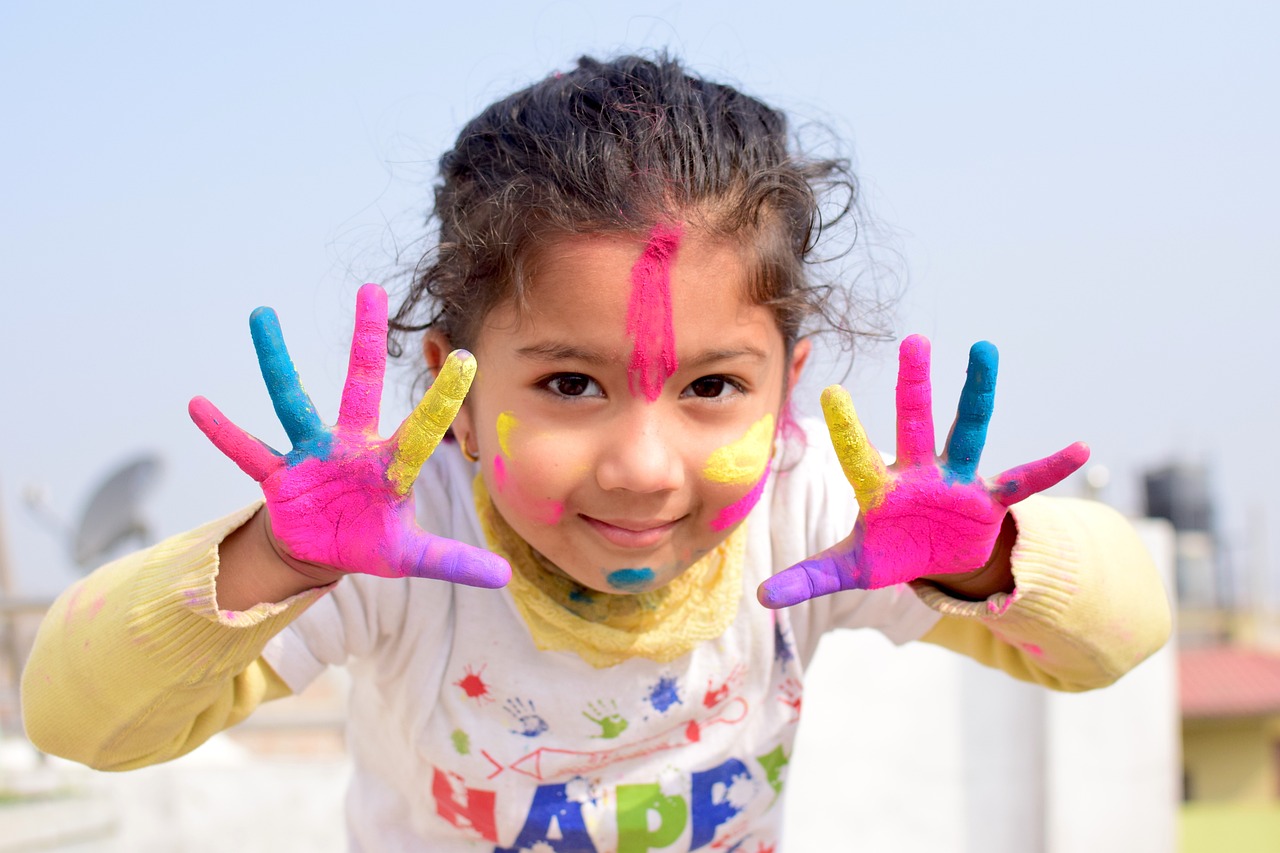High Child Stunting Rates in India: A Closer Look at Caste Discrimination
Recent research highlights a troubling reality: India has higher child stunting rates than Sub-Saharan Africa, despite the latter being associated with significant poverty challenges. This finding sheds light on the complexities of child malnutrition in India, where over 35% of children under five are stunted, compared to 33.6% across 49 countries in Sub-Saharan Africa. Understanding the underlying factors is crucial, particularly the impact of social identity and caste.
The Impact of Caste on Child Nutrition
A study conducted by economists Ashwini Deshpande from Ashoka University and Rajesh Ramachandran from Monash University emphasizes that simply comparing height differences between Indian and Sub-Saharan African children overlooks a critical aspect: the role of caste.
The first 1,000 days of a child’s life are vital for development, with 80% of brain growth occurring by age two. Access to healthcare, nutrition, and a safe environment during this period significantly influences long-term outcomes.
In their analysis, the researchers examined data from 2019-21, revealing that children from marginalized caste groups—such as adivasis and Dalits—experience much higher rates of stunting compared to their peers from higher-ranked castes. Children from non-stigmatized caste backgrounds show a stunting rate of 27%, which is notably lower than that in Sub-Saharan Africa’s comparable demographics.
A Broader Context: Poverty and Development Challenges
Both India and Sub-Saharan Africa face similar developmental hurdles, as highlighted by a 2021 World Bank report stating that these regions account for over 85% of the global poor. Despite efforts to improve nutrition and health interventions in India, disparities persist among various social groups.
The ongoing debate regarding these disparities includes perspectives on potential genetic influences versus historical improvements in nutrition. However, children from poorer families or marginalized groups remain particularly vulnerable to malnutrition.
The authors stress that overlooking caste status when discussing child nutrition limits understanding of the broader issues at play.
As both regions continue to develop and modernize their economies, addressing these deep-rooted issues will be essential for improving child health outcomes. The findings underscore the need for targeted interventions that consider social structures alongside economic growth initiatives.
In conclusion, as India grapples with its historical caste system and strives toward better nutritional standards for all children, it remains imperative to focus on inclusivity in policy-making. Only by addressing these entrenched societal issues can significant strides be made toward reducing stunting rates and enhancing the well-being of future generations.


